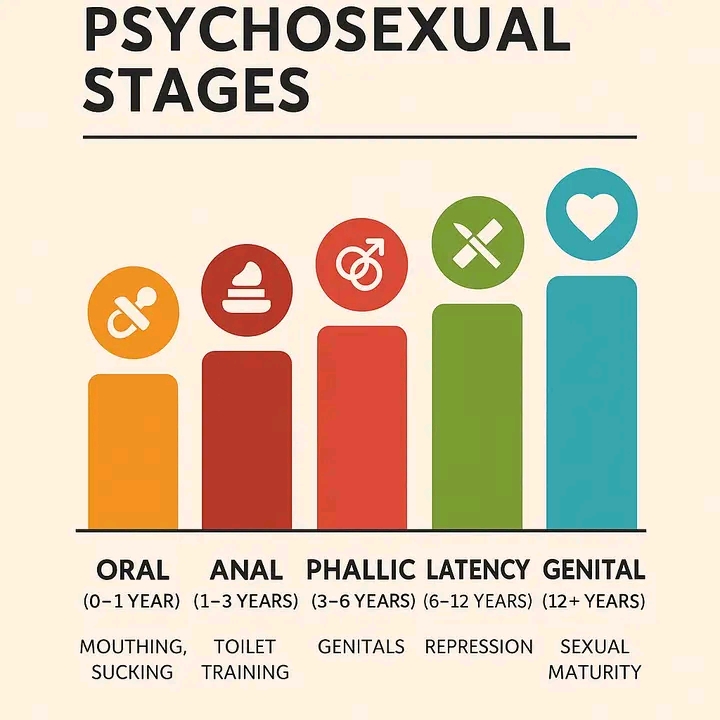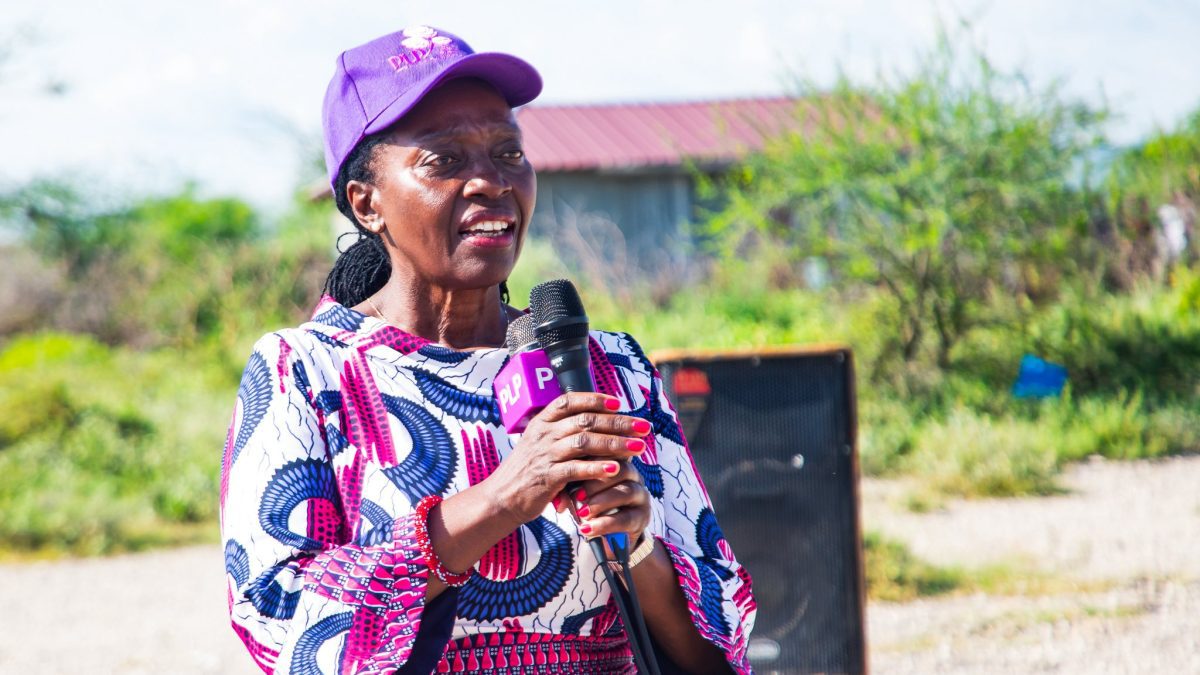Neglected tropical diseases
Leismaniasis
Leishmaniasis is a group of illnesses caused by many types of Leishmania parasites. You get it from sand fly bites. It can cause disfiguring skin ulcers and life-threatening illnesses.
Leishmania parasites are protozoa, one-celled organisms that are too small to see without a microscope. The two most common kinds are cutaneous leishmaniasis and visceral leishmaniasis.
Leishmaniasis most often affects people living in rural areas of tropical regions or areas with inadequate sanitation. People with immunocompromising diseases that weaken their immune system are more likely to get sick from a Leishmania infection.
Since many people can get infected with Leishmania without developing symptoms, it can be hard to know how common leishmaniasis is. Experts estimate that there are 1.5 million to 2 million people worldwide who develop symptoms per year.
Leishmania exists in over 90 countries around the world. Different types of Leishmania are found in different parts of the world. Experts use the terms “Old World leishmaniasis” and “New World leishmaniasis” depending on where it’s found.
Old World leishmaniasis is found in the Eastern Hemisphere, including:
- Certain parts of Asia.
- Parts of Africa, including tropical regions and North Africa.
- Southern Europe.
- The Middle East.
New World leishmaniasis is found in the Western Hemisphere, including:
- Central America.
- South America.
- Some areas of Mexico.
While it’s uncommon in the U.S., people have gotten cutaneous leishmaniasis in Texas and Oklahoma.
Leishmaniasis falls into three main categories: cutaneous, mucosal (or mucocutaneous) and visceral.
a) Cutaneous leishmaniasis (CL) is an infection in your skin where a sand fly bit you. It causes bumps (nodules) that turn into large ulcers over time. It can take a long time to heal on its own. Symptoms start a few weeks or months after a sand fly bite.
Very rarely, you can have bumps or ulcers on many areas of your skin (diffuse cutaneous leishmaniasis). These can come back again and again (recur), even with treatment.
b) Mucosal, or mucocutaneous leishmaniasis (ML), is usually a complication of cutaneous leishmaniasis. Ulcers develop in your nose, mouth or throat (mucous membranes). ML rarely gets better on its own and is usually fatal if left untreated. It can cause facial disfigurement.
c) Visceral leishmaniasis (VL), also called kala-azar, is a serious form of the disease caused by specific types of Leishmania. It affects your internal organs, like your spleen and liver. Symptoms sometimes take a few months or a year or more to develop after an infected fly bites you. VL can cause severe disease quickly. It’s fatal if left untreated.
Symptoms and Causes
What are the signs and symptoms of leishmaniasis?
Symptoms of leishmaniasis depend on what type you have. Cutaneous and mucosal leishmaniasis cause large, slow-healing ulcers. Visceral leishmaniasis causes general symptoms, like fever, weight loss and abdominal swelling.
What are the symptoms of cutaneous leishmaniasis?
Cutaneous leishmaniasis causes a bump on your skin where a sand fly bit you. It can have scabs or a crust. Over time, it changes to an ulcer, with a hard border and a sunken center (like a volcano).
Mucosal leishmaniasis causes ulcers or sores in your nose, mouth or throat
Visceral leishmaniasis symptoms include:
- Fever. This can start suddenly and come and go for several weeks.
- Chills.
- Cold sweats.
- Swollen lymph nodes.
- Swollen abdomen (belly) from an enlarged spleen.
- Weight loss.
- Fatigue.
- Weakness.
- Dark or discolored patches of skin.
Leishmania parasites cause leishmaniasis. They live in humans and animals, including dogs, cats, possums, rodents and foxes.
Leishmaniasis spreads through the bite of the phlebotomine sand fly. The sand fly bites an infected person or animal, then bites someone else, injecting them with the parasite Leishmania. Less common ways Leishmania can infect you include:
- Through sharing needles.
- Through a blood transfusion.
- From a pregnant woman to the fetus.


















